How & Why to Work on Split Squats
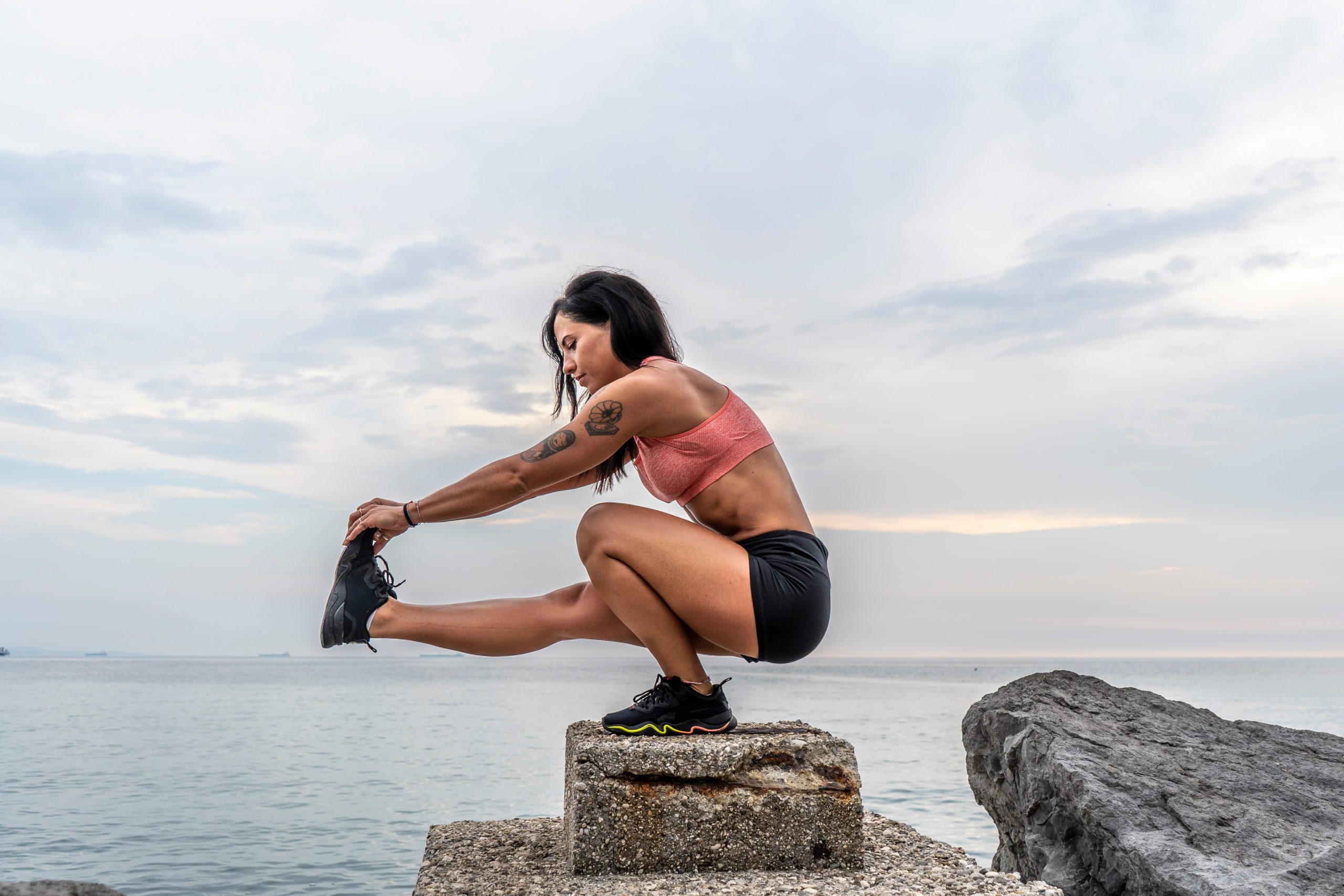
Back squats and deadlifts get the most exposure as top posterior chain builders, but what if you have imbalances or a weaker side? Split squats are the perfect underrated movement for working on unilateral strength and size gains. Coach Ryan Johnston (MS, CSCS, USAW2) is a six-year sports performance coach and second-year chiropractic student at National University Health Sciences. And he speaks for the split squat. In this blog, expect to learn how to do split squats properly along with variations and different ways to load your split squat for serious strength progression.

Improve Your Balance + Unilateral Strength
Do you think the back squat is the king of the lower body exercises? Many athletes and coaches do, but I’d argue the throne belongs to the split squat.
A single leg squat is just as functional as a conventional squat or deadlift. In his book, Functional Training for Sport, Mike Boyle asks, “How many sports are played with both feet in contact with the ground at the same time?” (2016).
The answer is just one: rowing.
As a young coach, this idea really stuck with me. And Boyle was not the only advocate for single leg training. The late Charles Poliquin says in his book, Poliquin Principles: Successful Methods for Strength and Mass Development (1997), that training the split squat is a cornerstone for his programs.
The split squat can be programmed in so many ways in a good lower body training cycle. And in my humble opinion, unilateral split squat training can better prepare athletes for the demands of sports than traditional bilateral squatting alone.
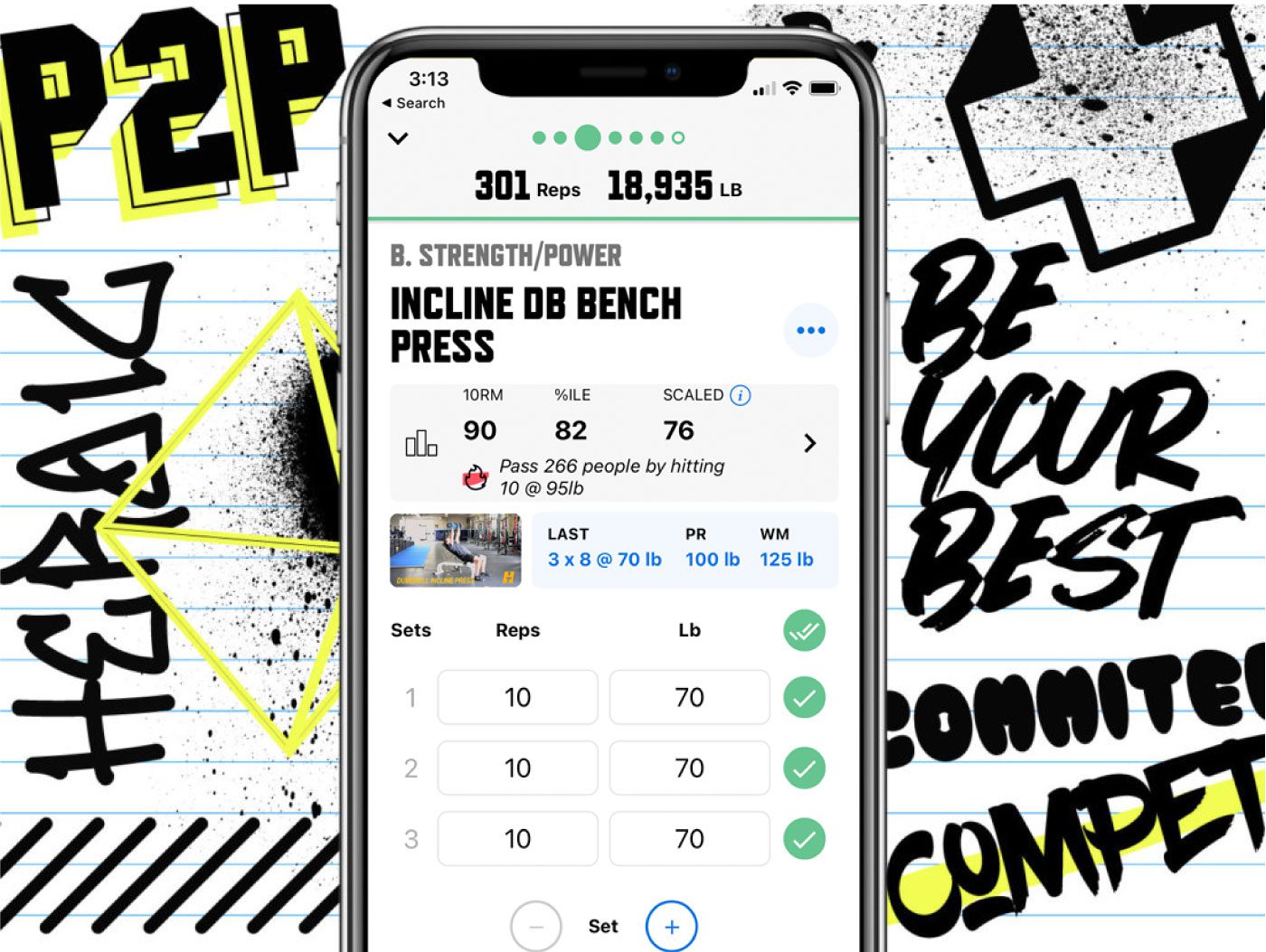

DOWNLOAD
trainheroic’s
free APP
Anatomy Refresher
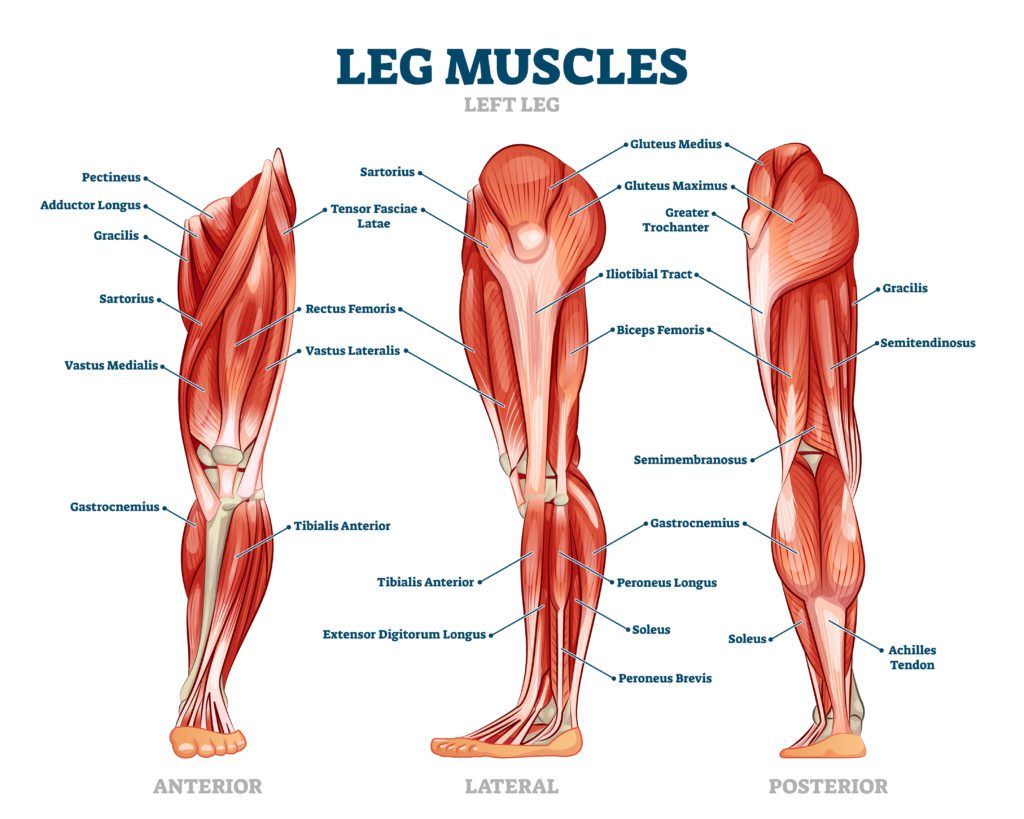
Single leg training is hugely beneficial for developing the stabilizing muscles of the pelvis. These muscles include the gluteus medius (one of the butt muscles), adductors, and quadratus lumborum (square shaped low back muscle).
In a single leg stance, these muscles must activate to keep your balance, which doesn’t happen as much in the traditional bilateral squat.
Single leg training is heavily used in rehabilitation and knee injury prevention programs. The knee is composed of 5 main ligaments: anterior/posterior cruciate ligaments (ACL), medial/lateral collateral ligaments (MCL), and the Patella tendon. These ligaments must be stable for the knee to function properly.
The prevalence of ACL injuries is just another reason to be programming split squats into your training. Strengthening that unilateral stabilization is essential to keeping healthy knee joints (especially if you’re active in sports that require you to pivot with dynamic agility).
The Marketplace: Shop Expert Programming from Real Coaches
Sometimes all you need to reach your destination on your fitness journey is an expert guide. We’ve got you covered.
The TrainHeroic marketplace is the only place to purchase programming from the World’s best coaches, delivered through the immersive training experience of the TrainHeroic app.
Browse from thousands of programs for any goal and every type of athlete.
Or, join a monthly programming membership to connect with a real coach and community of athletes training just like you. Try any programming subscription free for 7 days.
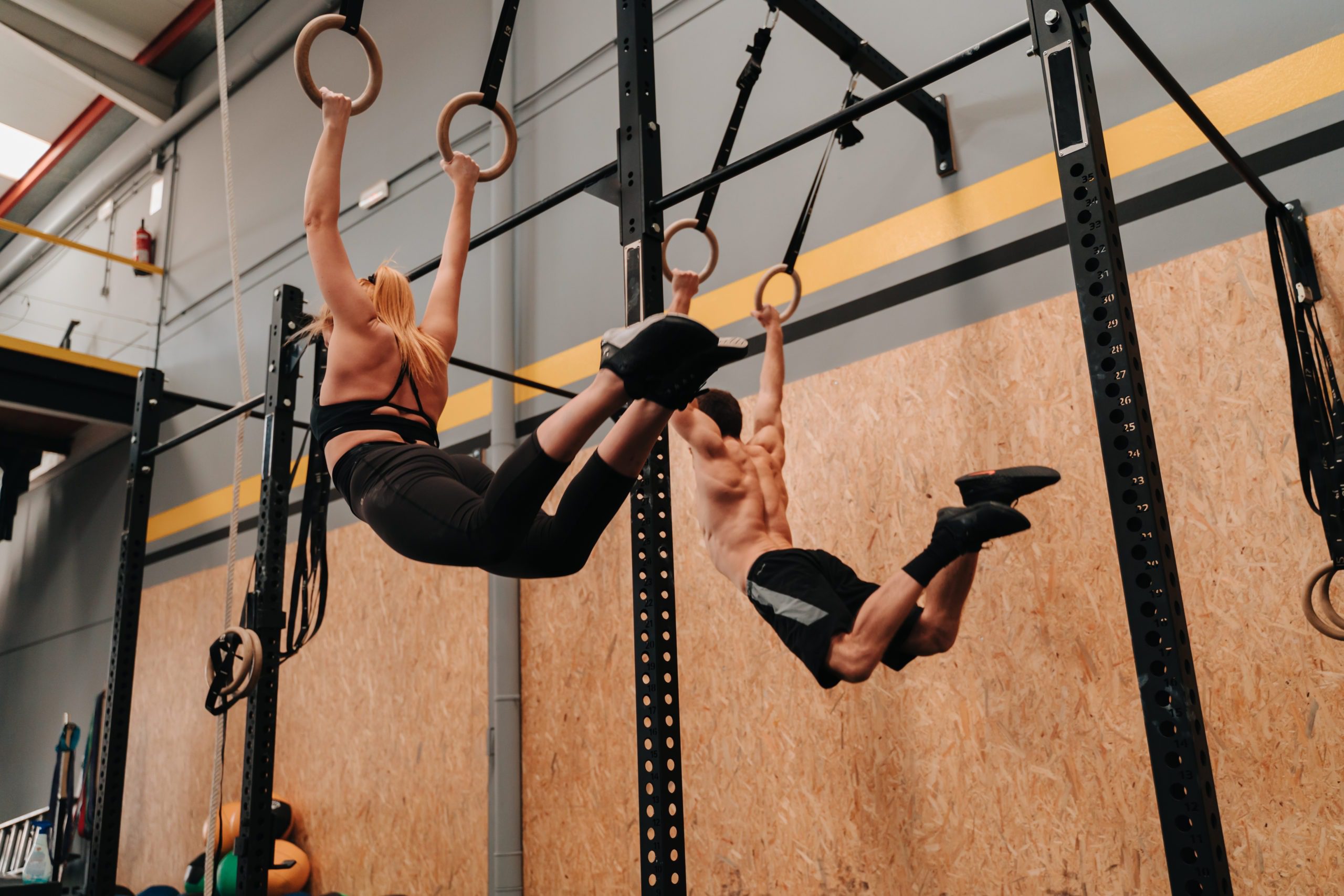
Split Squat Points of Performance
Setup
Find your stance with your feet about hip-width apart, your torso vertical, and your toes pointed forward. Step one foot in front at a moderate distance (not too far, not too close).
Squat
Slowly lower your back knee straight down to tap the floor while bending the front leg to about 90 degrees. Drive your front foot into the floor to stand back up. You can think of it like a stationary lunge.
Be sure to keep your front foot planted on the ground (don’t let your heels rise) and your kneecap tracking over your first toe. Don’t allow your knee to collapse inward.
Maintain a tall posture (chin tucked, shoulders back, neutral spine) through the movement.
There are two different schools of thoughts when it comes to what knee position should be at the bottom of the exercise. Some coaches want to avoid allowing the knee to go over the toes, while others say it’s perfectly fine. It might help to do your own research on this one, but generally as long as there’s no pain, knees over toes is ok.
Add Weight!
As Obi-Wan Kenobi says, “only a Sith Lord deals in absolutes.” When you’re ready to add weight, almost any kind of equipment can work for the split squat: one dumbbell, two kettlebells, a barbell on your back or front rack, a sandbag on your shoulders, whatever works for your skill and strength level. There’s no one absolute kind of load to rule them all.
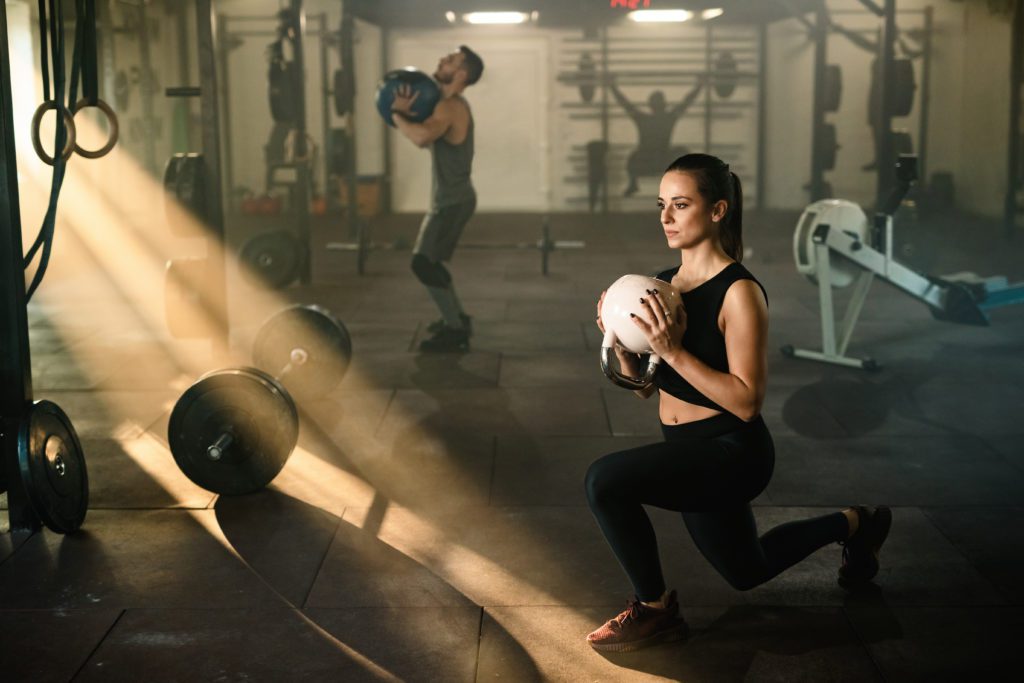
Beginner Progression & Variations
A good beginner split squat progression starts with one kettlebell (or dumbbell) held “suitcase style” down by your thigh—later holding one in each hand. Notice the tricky balancing aspect involved when holding one versus two weights.
Once you can maintain balance and good posture throughout the movement under load, you can try holding the kettlebells in the front rack position.
Then, try holding a kettlebell above your shoulder in an overhead split squat. Check yourself on mobility issues for this one!
Other Split Squat Versions
The rear foot elevated split squat (AKA, the Bulgarian split squat) is a common variation in which your back foot is supported off the ground on a box or bench ranging from 4-8 inches high. Keep your rear foot relatively low to prevent low back irritation.
Lunges and step ups are a natural variation of unilateral posterior chain work that introduce an eccentric component and some more dynamic movement.
Finally, the most challenging of the split squat variations is the single-leg squat. Don’t get frustrated if it takes time for you to master this one. Freestanding single leg squats can take a lot of practice to get right.
Depending on your strength, training level, and skillset, all of these movements can be done with a barbell either on your back or in the front rack position.
Get out of your comfort zone and try something new with regular split squat work in your programming. Give it time/practice and see how the gains translate to your overall athleticism.
Related articles
3 Ways to Improve Mobility Without Stretching
Are you still trying the endless foam rolling and stretching exercises to get that deep squat position? We know how important mobility is for great, or even GOOD performance. All professional athletes have some comfortability in end ranges of motion. So, what else do...
The Ultimate Guide to Lunges: Queen of all Glute Exercises
Your glutes are the largest muscle group in your body. They’re responsible for almost everything your legs do—walking, running, jumping, squatting, lunging, and just standing upright. As far as moving through space goes, strong glutes are the bedrock of overall...
A Beginner’s Guide to Steel Mace Training
Author: Jesse Grund
Mace training will make you a better mover without it’s not confining you to a fixed space or predetermined range of motion. Second, it’s an offset load with 80 to 90 percent of the weight in the head. You’re also constantly having to resist rotation, which creates greater core engagement.

Join the community
Sign up for the latest training news and updates from TrainHeroic

About TrainHeroic
Support
Made with love, sweat, protein isolate and hard work in Denver, CO
© 2021 TrainHeroic, Inc. All rights reserved.





